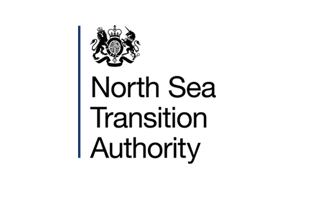
The Oil and Gas Authority has today (10 May 2021) published its new Decommissioning Strategy stressing that the market could face higher decommissioning costs if action is not taken to improve commercial practices.
The Strategy explains that there is instability in the UK decommissioning market due to fragmented ownership and fluctuations in commodity prices. Because of this instability, there is a risk of decommissioning becoming more costly to the operators, and thus to the Exchequer. If the development of a cost-efficient market is inhibited, opportunities for exporting UK expertise could also be missed.
The priorities outlined in the Strategy which could help foster a competitive and sustainable market include:
- A more collaborative culture between operators and supply chain including new procurement models.
- The use of campaigns: if operators were able to align and coordinate multiple projects, the supply chain would be given greater certainty about upcoming work. Particularly in well decommissioning, scope aggregation can have great potential for cost reduction. The OGA is engaging with operators and the supply chain to facilitate the development of scope aggregation opportunities.
- Data transparency: this continues to be vital for delivering cost efficient decommissioning. The OGA will continue to provide as much data as possible for infrastructure owners and the supply chain. Examples of OGA data in action include publishing the annual UKCS Decommissioning Cost Estimate Report, and - in 2020 - the UKCS Decommissioning Benchmark Report, as well as ensuring all major upcoming decommissioning projects are visible to the supply chain via the enhanced Energy Pathfinder tool.
The Strategy emphasises the significance of decommissioning to deliver maritime restoration as part of the UK’s energy transition to net zero and it also highlights emerging opportunities to reuse or repurpose infrastructure and reservoirs. The OGA is working with industry to ensure that the right infrastructure is retained for reuse or re-purposing including in net zero projects.
Pauline Innes, Head of Decommissioning at the OGA, said: “Our focus on cost efficiency remains resolute and is still an integral part of our Decommissioning Strategy. What this revision does is reflects the current state of decommissioning in the basin and integrates energy transition as a key priority. Now, if redundant infrastructure has the potential for reuse, we will flag that to the operators, and if it is to be decommissioned then we see great win-win opportunity. Minimising cost is good news for operators, and the Exchequer, but decommissioning also provides much needed investment for our world-class supply chain. As part of this, the OGA is continuing to encourage companies to get sizable well decommissioning campaigns going which could be hugely impactful in terms of cost savings and also offer stability and much-needed certainty to the supply chain.”
Ends
Notes to editors:
- The Decommissioning Strategy can be viewed here.
- The OGA aims to ensure that decommissioning is carried out cost effectively in accordance with regulatory requirements consistent with the OGA Strategy which includes assisting the Government to meet its net zero target.
- The revised Strategy builds on the original Decommissioning Strategy which was published in 2016.
- The new Decommissioning Strategy focuses on four priorities:
- Planning for decommissioning:
- Commercial transformation
- Supporting energy transition from late life into decommissioning
- Technology, processes and guidance
For further information please contact:
Chrissie Innes, Communications Manager
Tel: +44 (0) 300 020 1072
Email: oga.pressoffice@nstauthority.co.uk


